In today's fast-paced business world, effective communication is key to success. Professional email communication plays a vital role in building relationships, closing deals, and maintaining a positive business image.
This article will explore the importance of professional email communication and provide examples of various business email templates for different scenarios. We will discuss guidelines and tips for crafting successful business emails that will help you stand out in the digital landscape.
Let's dive in and enhance your communication skills for professional success!
Key Takeaways:
1. Understand the importance of professional email communication in the business world.
2. Use effective and appropriate templates for various business email purposes, such as follow-ups, introductions, and promotions.
3. Follow guidelines and utilize essential elements when crafting professional business emails to ensure effectiveness and success.
Introduction to Professional Communication in Business Emails
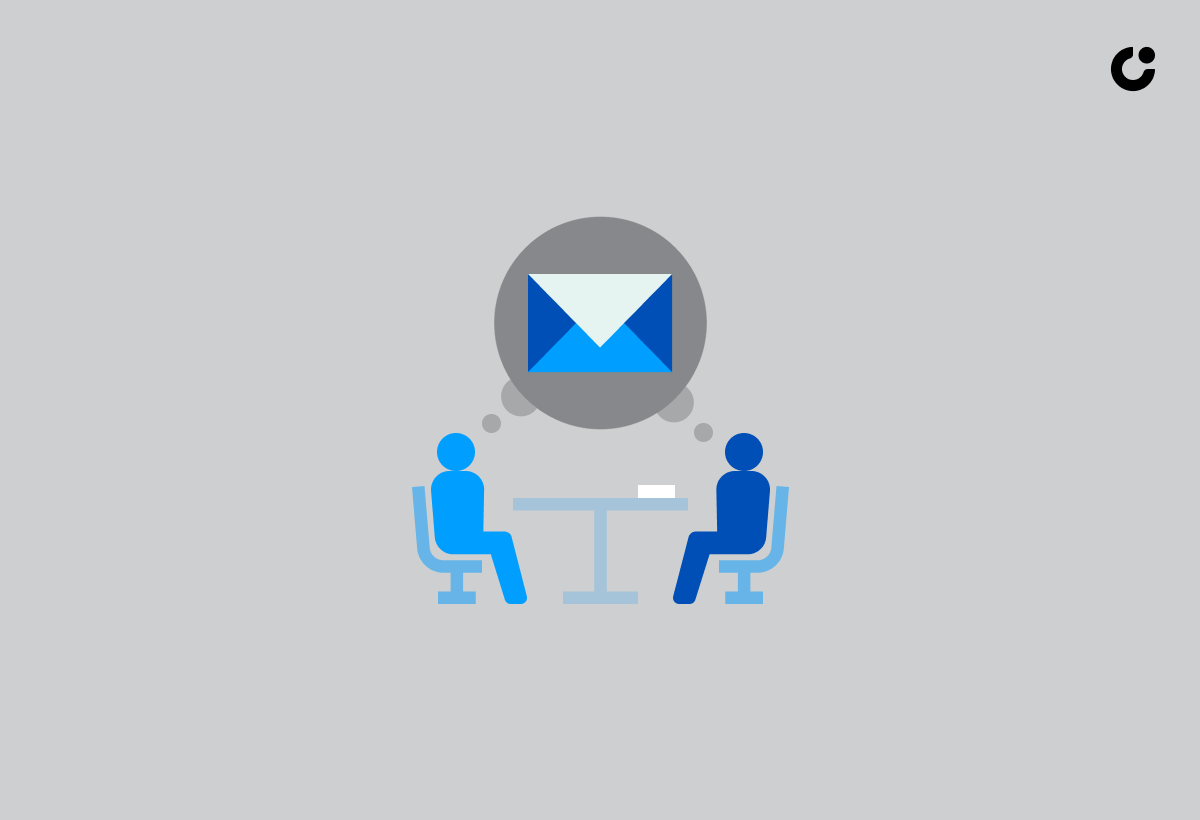
Professional communication is paramount in the realm of business emails, where every message sent reflects the credibility and competence of the sender.
Clarity in communication is essential, ensuring that the message is easily understood by the recipient. The tone used sets the overall mood of the conversation and can greatly impact the relationship between parties. Maintaining a high level of professionalism in emails helps in conveying respect and building trust with the recipients, which is crucial in business interactions.
Understanding the Importance of Professional Email Communication
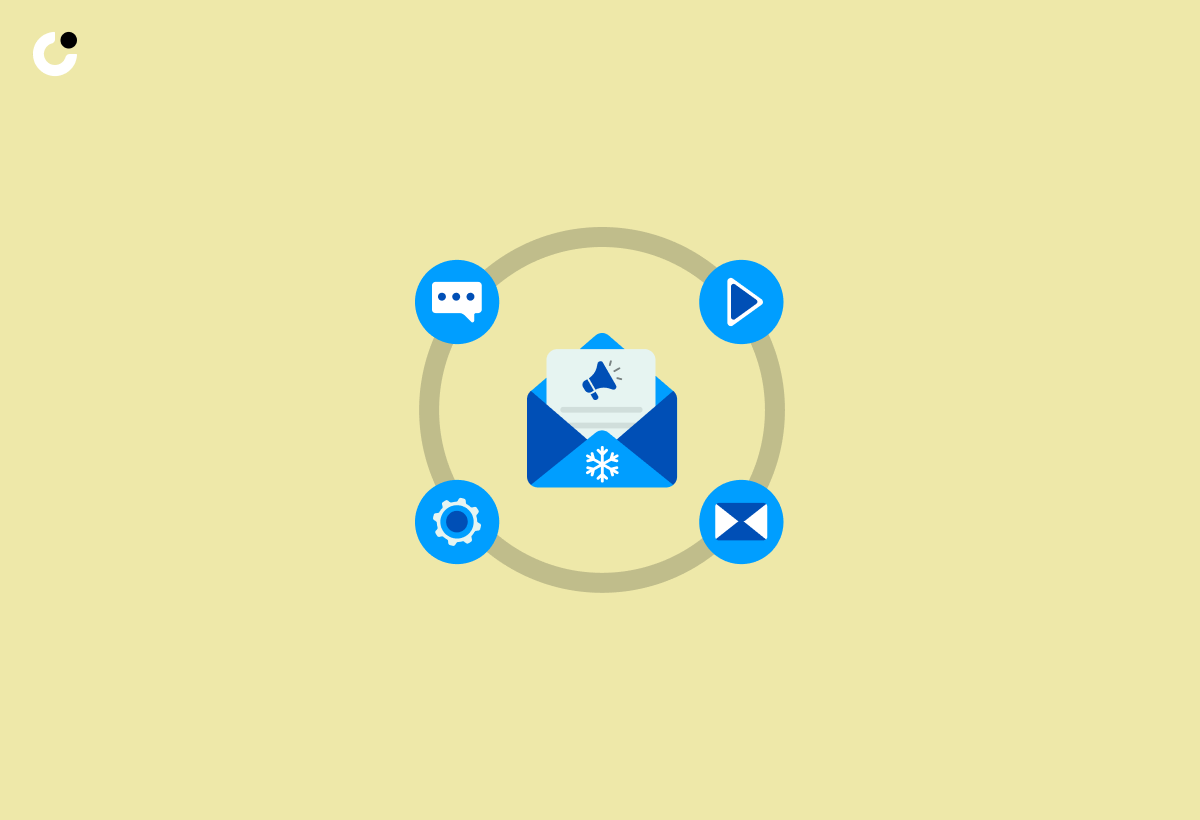
In the business landscape, understanding the importance of professional email communication is crucial for building relationships, conveying messages effectively, and upholding a reputable image.
Professional email communication serves as a fundamental tool in fostering connections with clients, partners, and colleagues.
When crafted thoughtfully, emails not only deliver information but also reflect the sender's professionalism and dedication to clear communication. This aspect is especially vital in business interactions where the tone and clarity of messages can influence decisions and perceptions.
Prompt responses showcase reliability and attentiveness, enhancing customer engagement and loyalty.
Examples of Professional Business Email Templates

Professional business email templates serve as invaluable tools for crafting impactful messages that resonate with recipients and convey professionalism.
Whether you are sending a follow-up email after a meeting, introducing yourself to a potential client, expressing customer appreciation, pitching a product or service, or submitting a business proposal, having a well-crafted template at your disposal can streamline the process and ensure consistency in your communications.
For example, a sample introduction email would typically include a brief self-introduction, an overview of your expertise, and a call-to-action to further the conversation. In contrast, a customer appreciation message could express gratitude, include a promotional offer, and encourage continued engagement.
Follow Up Email Template
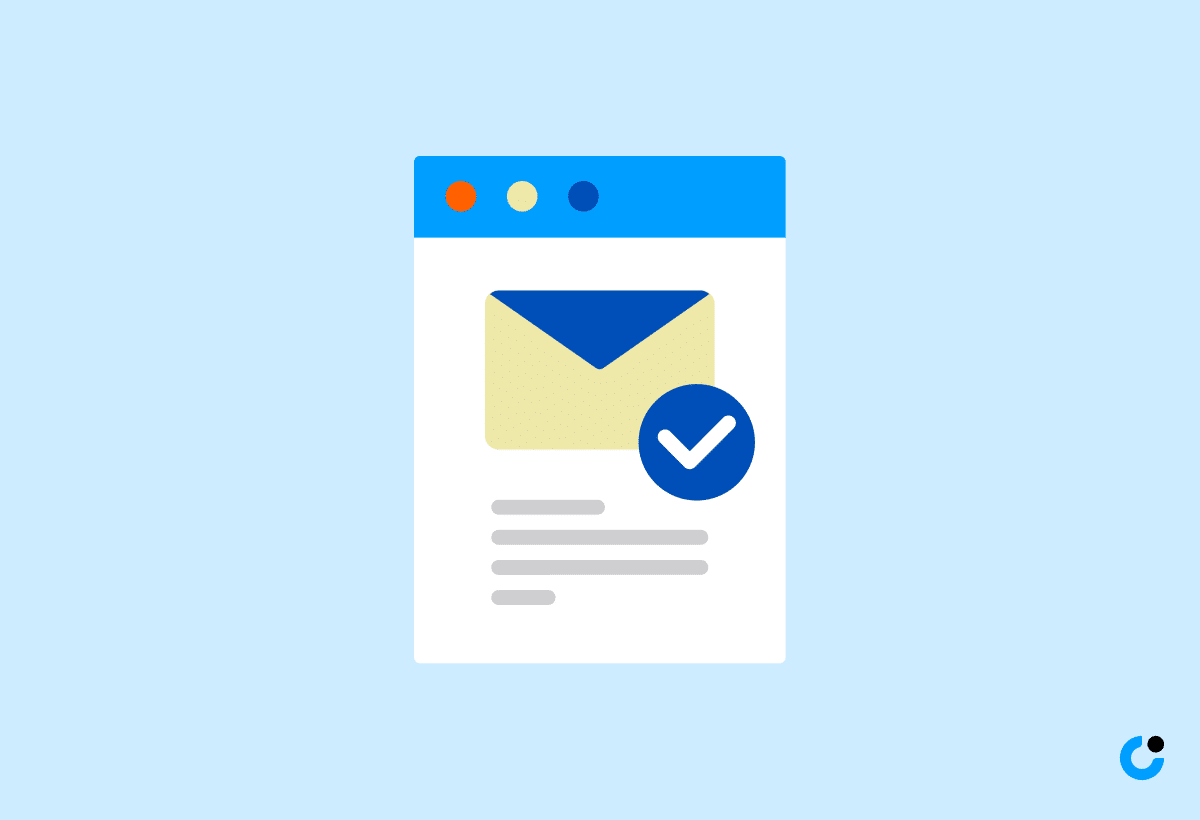
A well-crafted follow-up email template is essential for maintaining communication continuity, expressing interest, and nurturing relationships with clients or partners.
One key element of a follow-up email template is a polite greeting that sets a positive tone for the message. This initial salutation should be personalized whenever possible to show genuine interest and care towards the recipient.
The body of the email should contain purposeful content that addresses the specific context of the follow-up, such as discussing previous discussions, highlighting key points, or offering additional information or resources.
Another crucial aspect is including a clear call to action that guides the recipient on the desired next steps, whether it's scheduling a meeting, providing feedback, or moving forward with a decision.
Professional Introduction Email
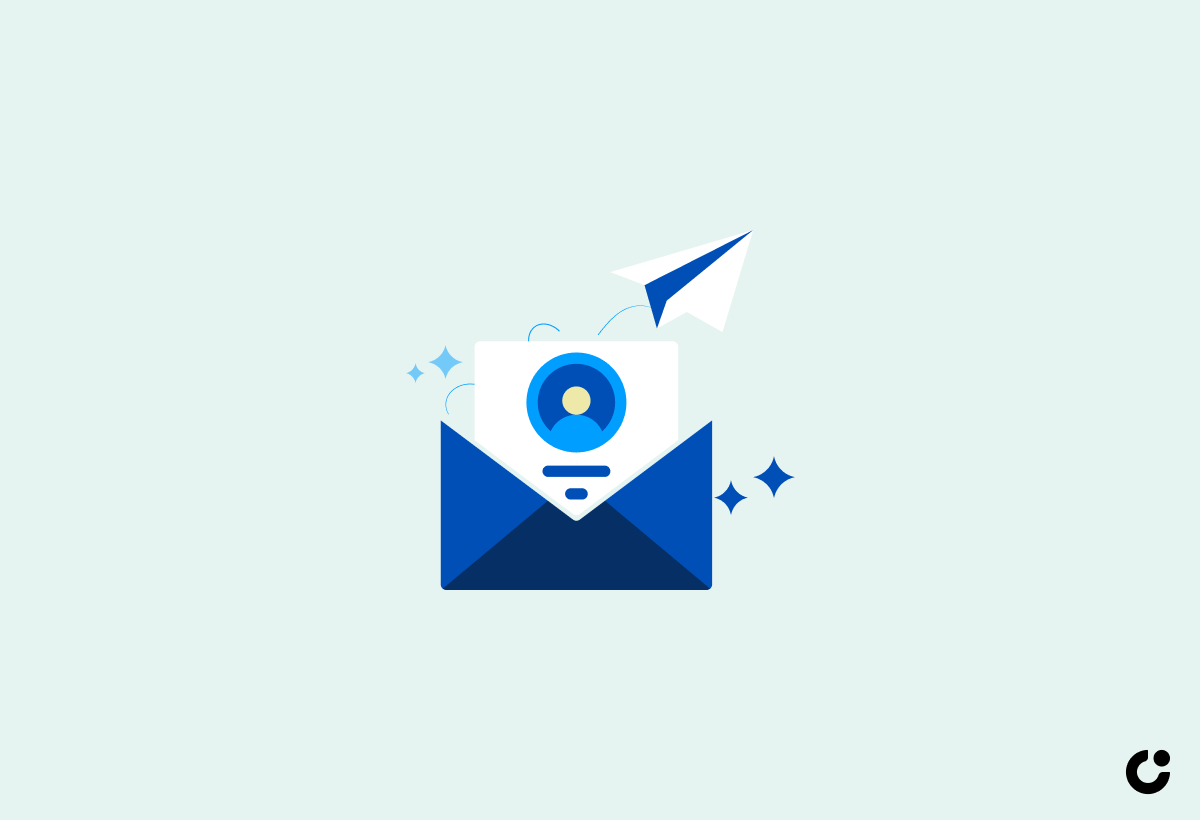
Crafting a professional introduction email is the first step towards establishing rapport, initiating collaborations, and expanding your professional network.
When composing your introduction email, it is crucial to ensure a clear and concise opening that highlights your identity and purpose succinctly. Express your eagerness to connect or collaborate in the relevant field or industry. Personalization plays a key role in making a lasting impression, so consider mentioning a common interest, acquaintance, or goal to create a sense of familiarity. Indicating potential areas of mutual benefit or shared objectives can enhance the recipient's interest and engagement.
Appreciation Email for Customers
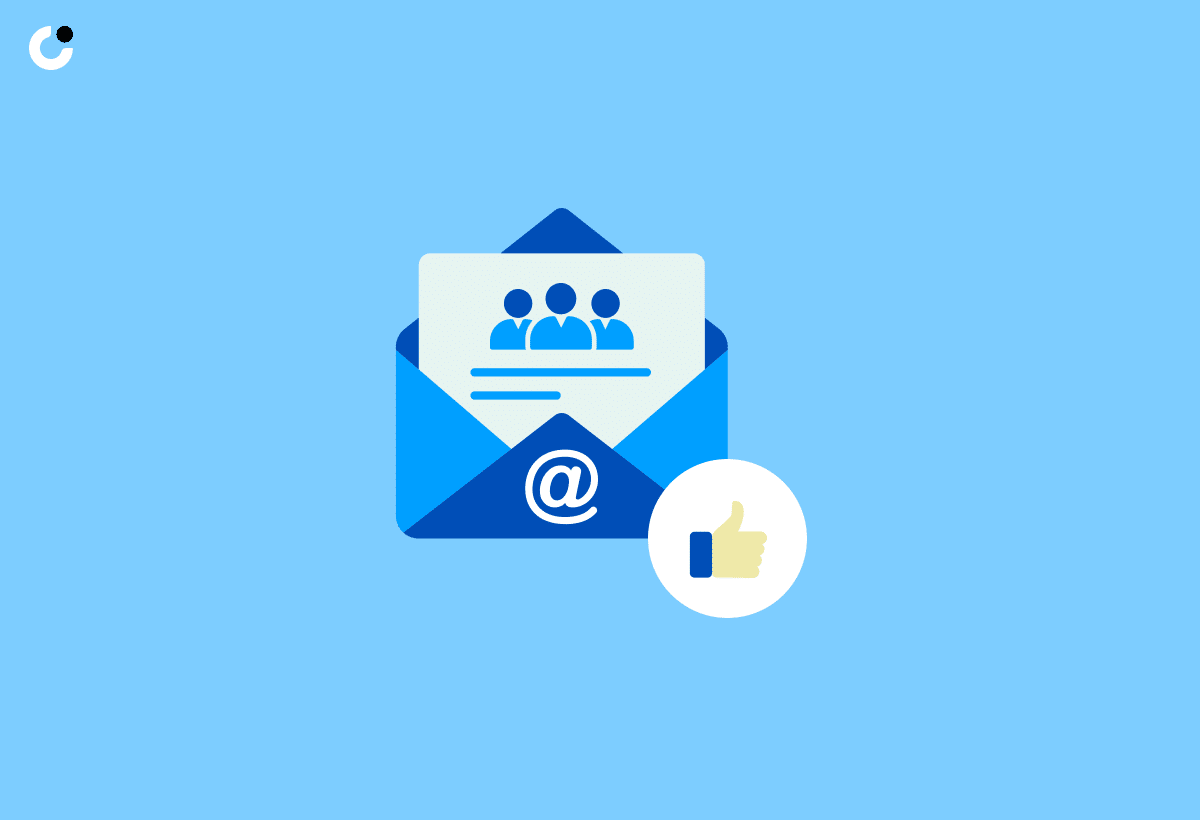
Expressing genuine appreciation through a well-crafted email can strengthen customer relationships, foster loyalty, and showcase your commitment to customer satisfaction.
One crucial aspect of a customer appreciation email is addressing the recipient by their name to add a personal touch. This simple gesture shows that you value them as an individual, not just a number. Thanking them for their continued support and loyalty can go a long way in making them feel valued and acknowledged. Offering exclusive discounts or promotions as a token of gratitude can entice them to engage further with your products or services, reinforcing the positive relationship.
Inquiry Email Template
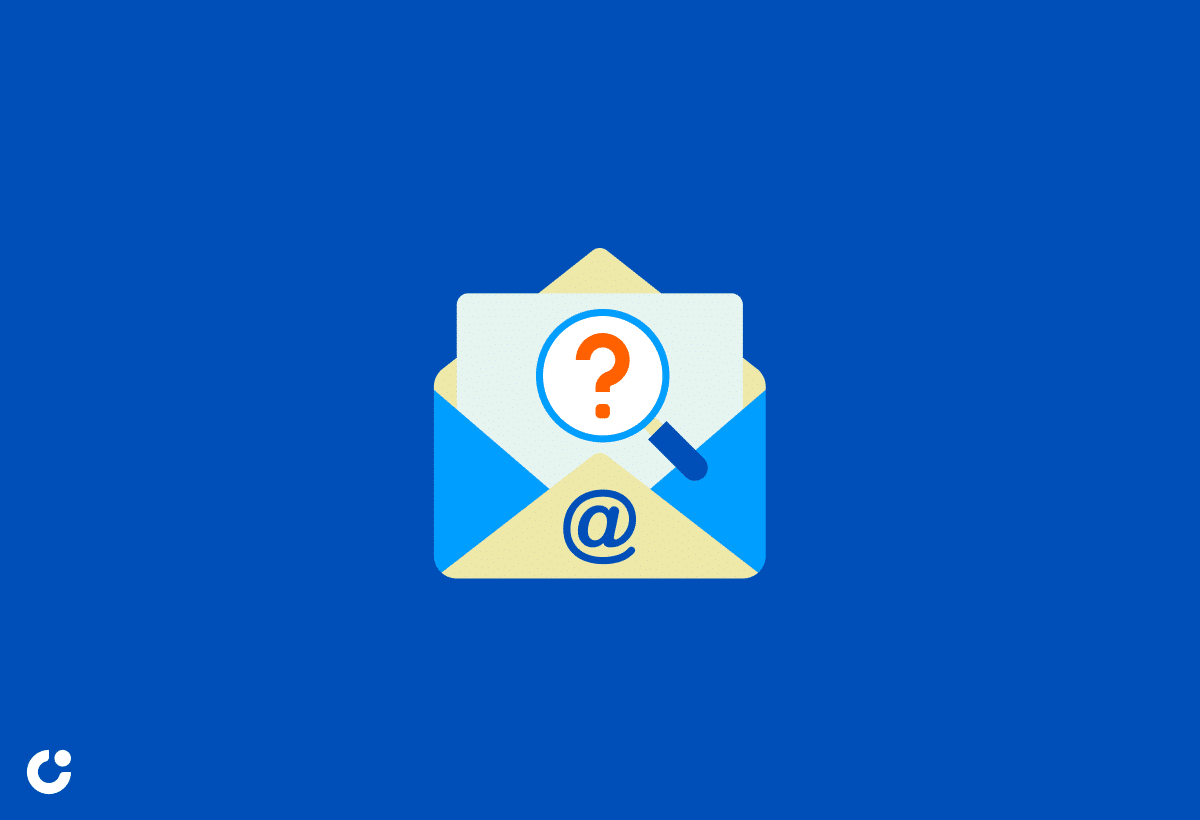
An inquiry email template serves as a professional tool to seek information, clarify details, or initiate discussions with potential partners, clients, or vendors.
When crafting an inquiry email, it is essential to ensure that your communication is concise, clear, and respectful. Begin by addressing the recipient politely and introducing yourself if you haven't previously interacted. Clearly state the purpose of your inquiry to avoid any confusion. Highlight the specific questions or information you are seeking, using bullet points or numbered lists for clarity. Express appreciation for the recipient's time and consideration, and suggest a desired outcome or next steps for the communication. Conclude your email with a polite closing and your contact information for further engagement.
Referral Request Email

A well-crafted referral request email can leverage existing relationships, drive new business opportunities, and expand your network through trusted recommendations.
When reaching out for a referral, it's crucial to consider the mutual benefit for both parties involved. Expressing sincere gratitude for their trust and support shows that you value their opinion and contribution to your success. By highlighting the value proposition of the partnership and how it aligns with their interests, you can demonstrate a clear understanding of their needs and motivations. Personalizing the request based on the recipient's preferences and communication style can greatly increase the likelihood of a positive response.
Sales Email Template
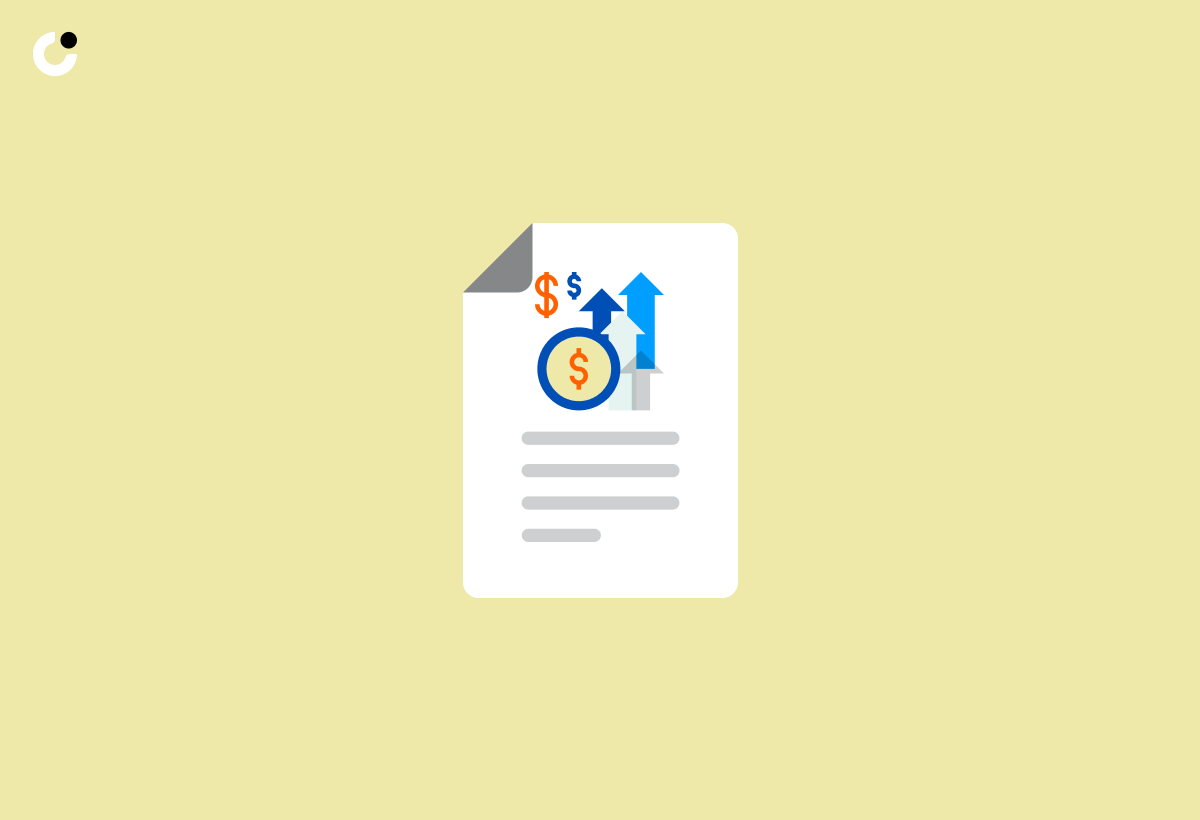
Crafting an effective sales email template is essential for driving conversions, promoting products or services, and engaging potential customers in meaningful interactions.
One of the key aspects to consider when creating a successful sales email template is to focus on the value proposition you are offering. Clearly communicate the unique benefits and advantages of your product or service to the recipient. This can include highlighting cost savings, time efficiency, quality enhancements, or any other features that set your offering apart.
Personalization is another crucial element; addressing the recipient by name or tailoring the message to their specific needs can significantly increase engagement.
Integrating strong calls to action and a sense of urgency can prompt quick responses from potential customers, driving them towards making a purchase decision.
The language used should be persuasive yet customer-centric, emphasizing how the product or service can address the recipient's pain points or fulfill their desires.
By aligning your sales email template with the needs and interests of your target audience, you can create a compelling message that resonates with them on a personal level, increasing the probability of conversion.
Confirmation Email Template
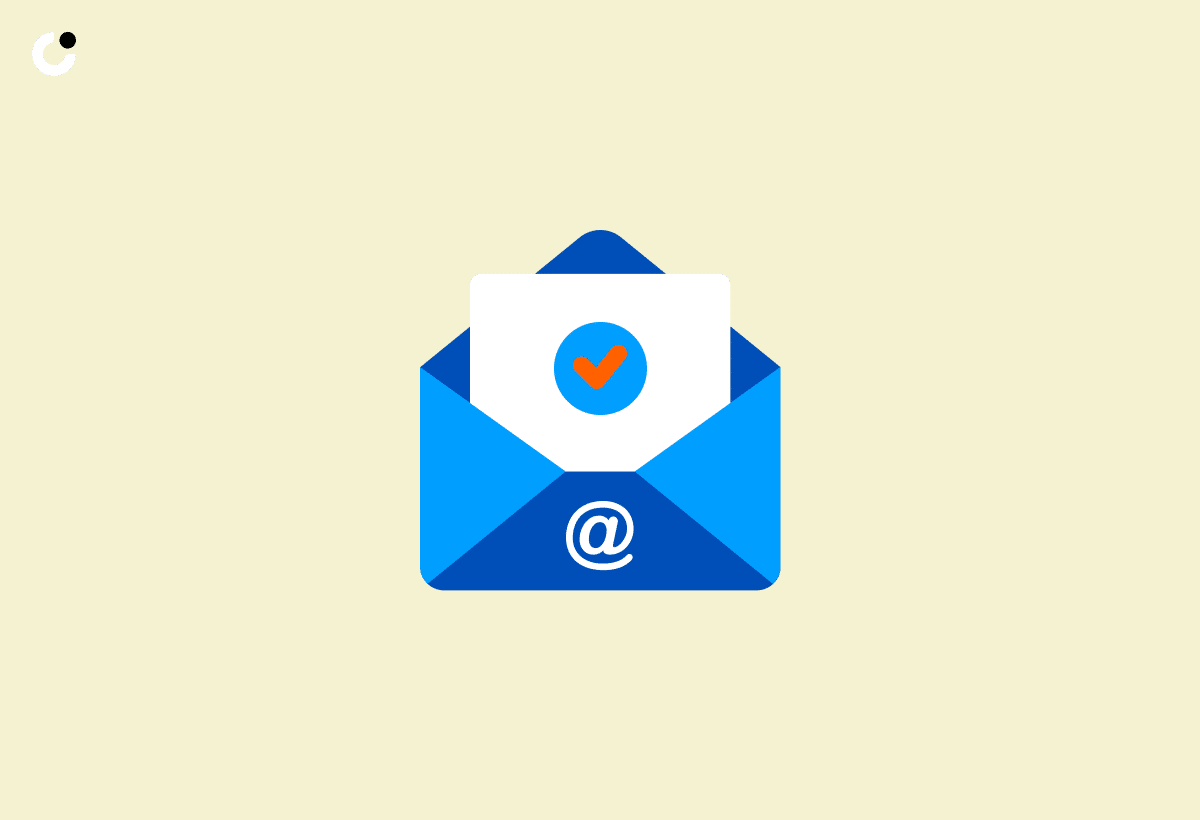
Sending a well-crafted confirmation email template helps in confirming appointments, orders, or agreements, providing clarity and reassurance to all parties involved.
A comprehensive confirmation email template should include key details such as the date, time, and location of the appointment or event. It's crucial to express gratitude for the recipient's commitment and provide clear instructions on any necessary preparations.
In the next steps section, outline any required actions, deadlines, or additional information needed. In case of any changes or cancellations, be sure to communicate promptly and offer alternative dates or solutions. Contact information for inquiries or adjustments should be prominently displayed for ease of communication.
Formal Survey Email
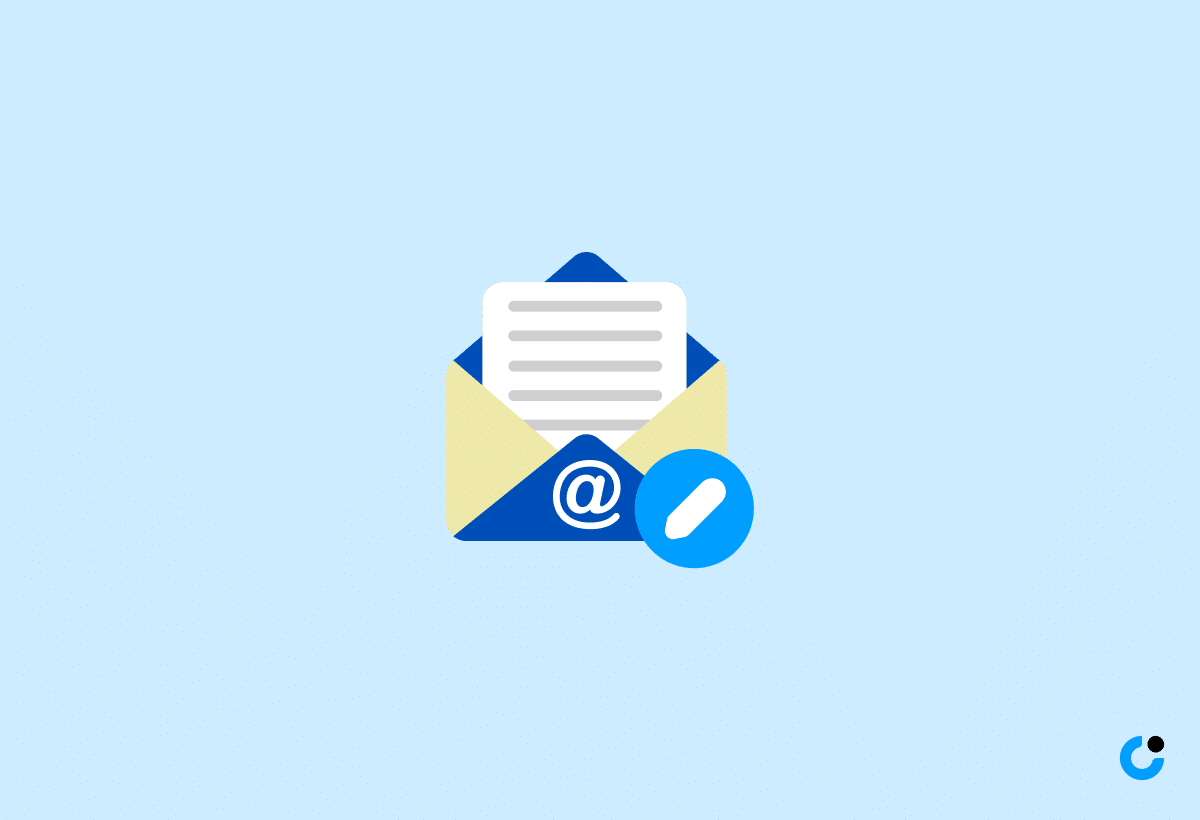
A formal survey email serves as a structured tool to gather feedback, insights, and opinions from recipients, enabling data-driven decision-making and continuous improvement.
When crafting a formal survey email, it is essential to clearly state the purpose of the survey at the beginning. This sets the tone and helps recipients understand the relevance of their participation.
Concise and well-thought-out questions are crucial in soliciting valuable responses. Ensure that each question is straightforward, easily understandable, and directly related to the survey's objectives.
Offering suitable incentives, such as gift cards or entry into a prize draw, can boost participation rates. Incentives should align with the time and effort required to complete the survey.
Remember, the ultimate goal of a formal survey email is to collect actionable data that can guide well-considered choices and enhance overall performance.
Thank You Email Template
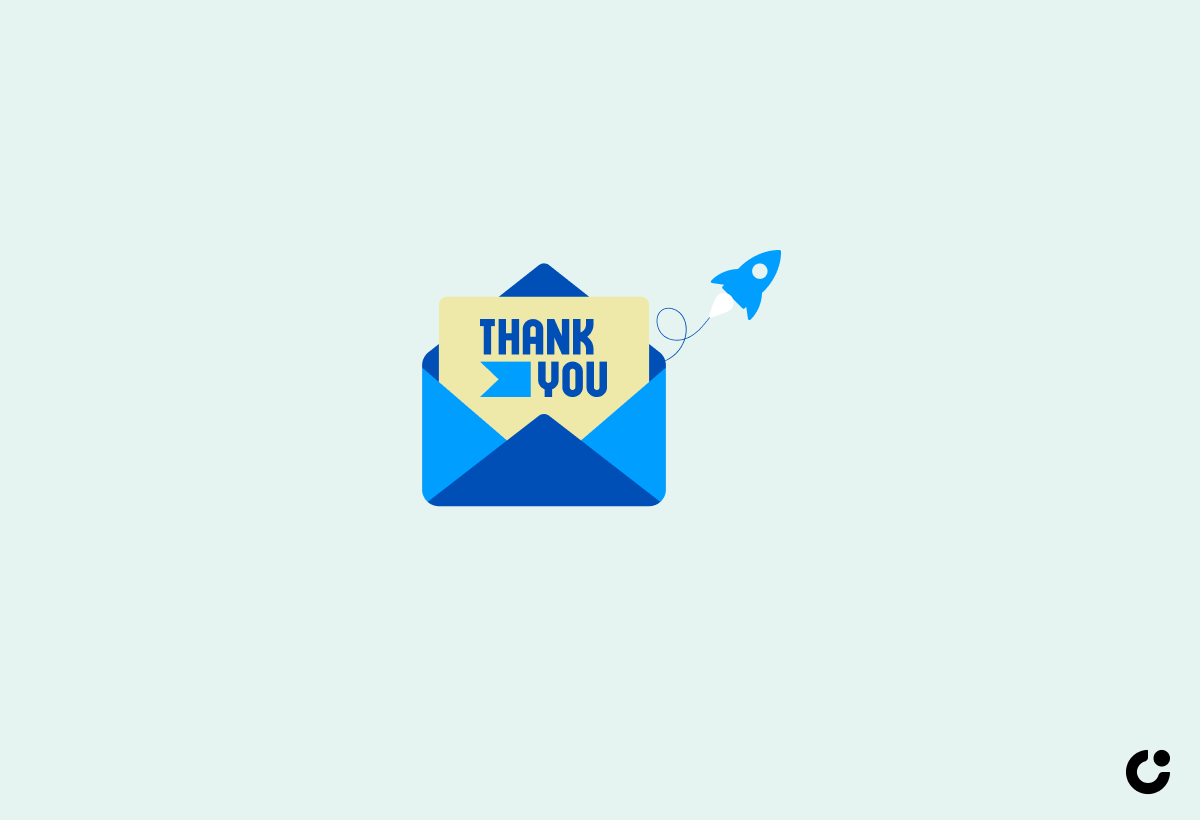
Sending a thoughtful thank you email reinforces appreciation, nurtures relationships, and leaves a positive impression on recipients, fostering goodwill and loyalty.
When drafting a thank you email, it is vital to ensure that it is timely, reflecting your gratitude soon after the event or interaction. This shows sincerity and keeps the connection fresh in their minds.
Specificity is key as well, mentioning details from the interaction or gift that made an impact on you. This personal touch makes the recipient feel valued and appreciated.
Positivity should shine through your words, conveying genuine thanks and warmth. Remember, a well-crafted thank you email is more than just a formality; it is a powerful tool for building strong and lasting relationships.
Promotion Email Example
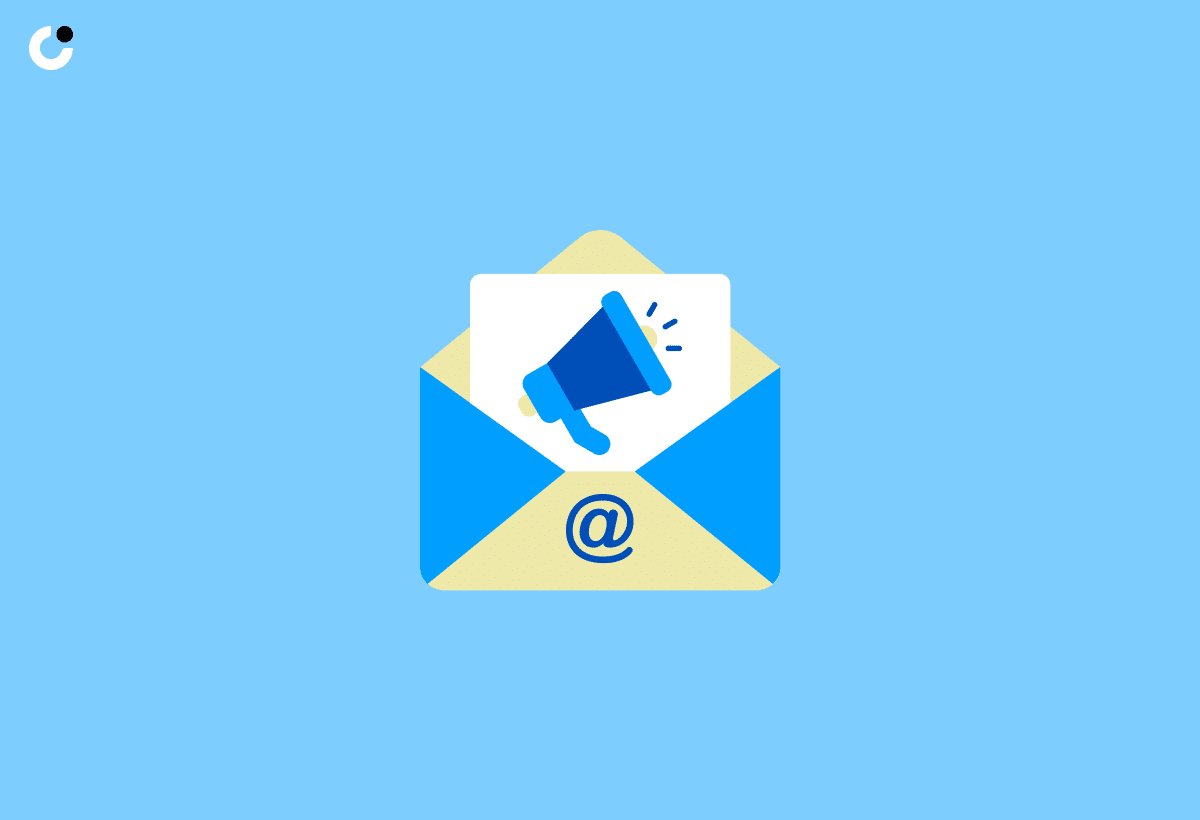
A well-crafted promotion email example can drive engagement, boost sales, and create awareness about offers, discounts, or new products/services, maximizing the impact of marketing campaigns.
One of the key strategies for creating a successful promotional email is to highlight the benefits and incentives that the recipient will receive. By clearly outlining what's in it for them, you not only capture their attention but also make them more likely to take the desired action. Incorporating a clear call to action is crucial for guiding the recipient on what steps to take next. Personalizing the email content based on the recipient's preferences and past interactions can significantly increase engagement and overall effectiveness of the email campaign.
Client Onboarding Email Template
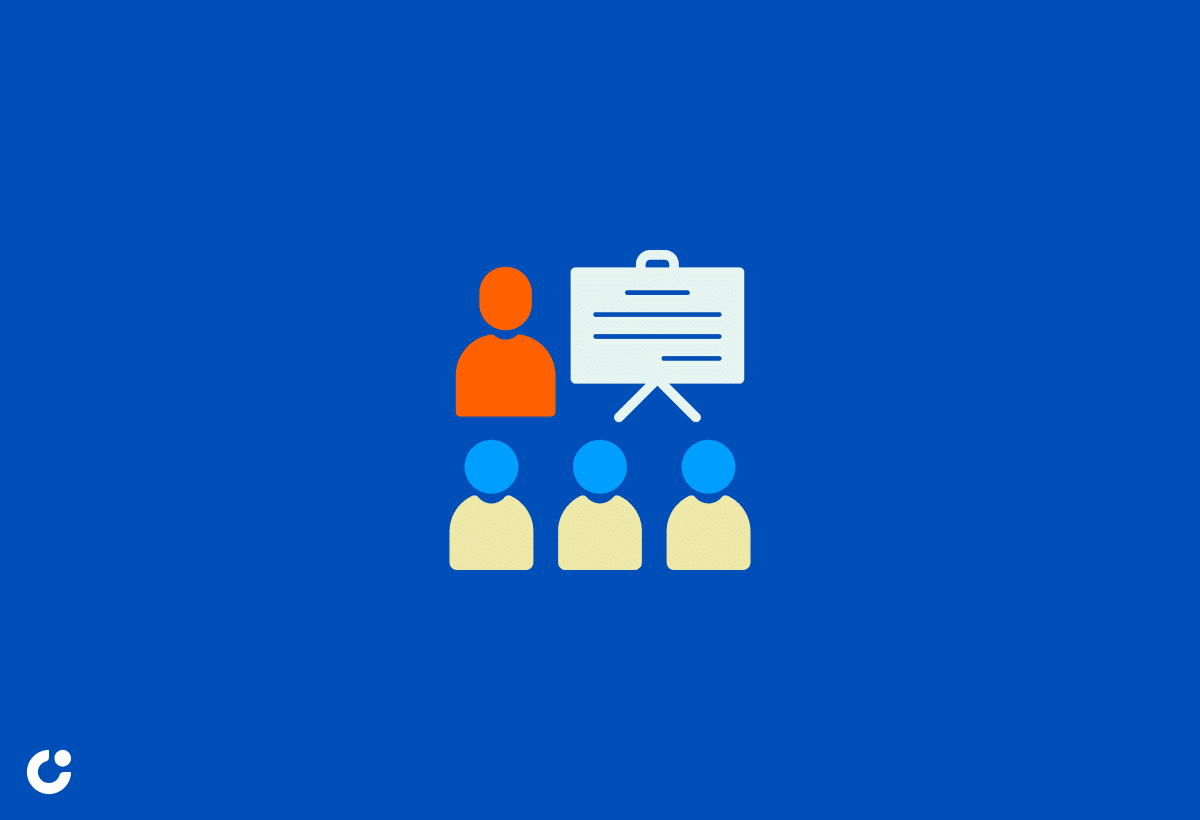
An effective client onboarding email template streamlines the process of welcoming new clients, setting expectations, and initiating successful partnerships from the outset.
When crafting a client onboarding email template, it's vital to first introduce your company and express gratitude for choosing your services. Personalization is key, so address the client by name and provide a warm welcome message. Clearly outline what the client can expect in terms of the next steps, timeline, and required actions. Include details about the team members they will be working with and encourage questions to foster open communication. Offering educational resources or guides in the email can help new clients navigate your services with ease.
Feedback Request Email Example
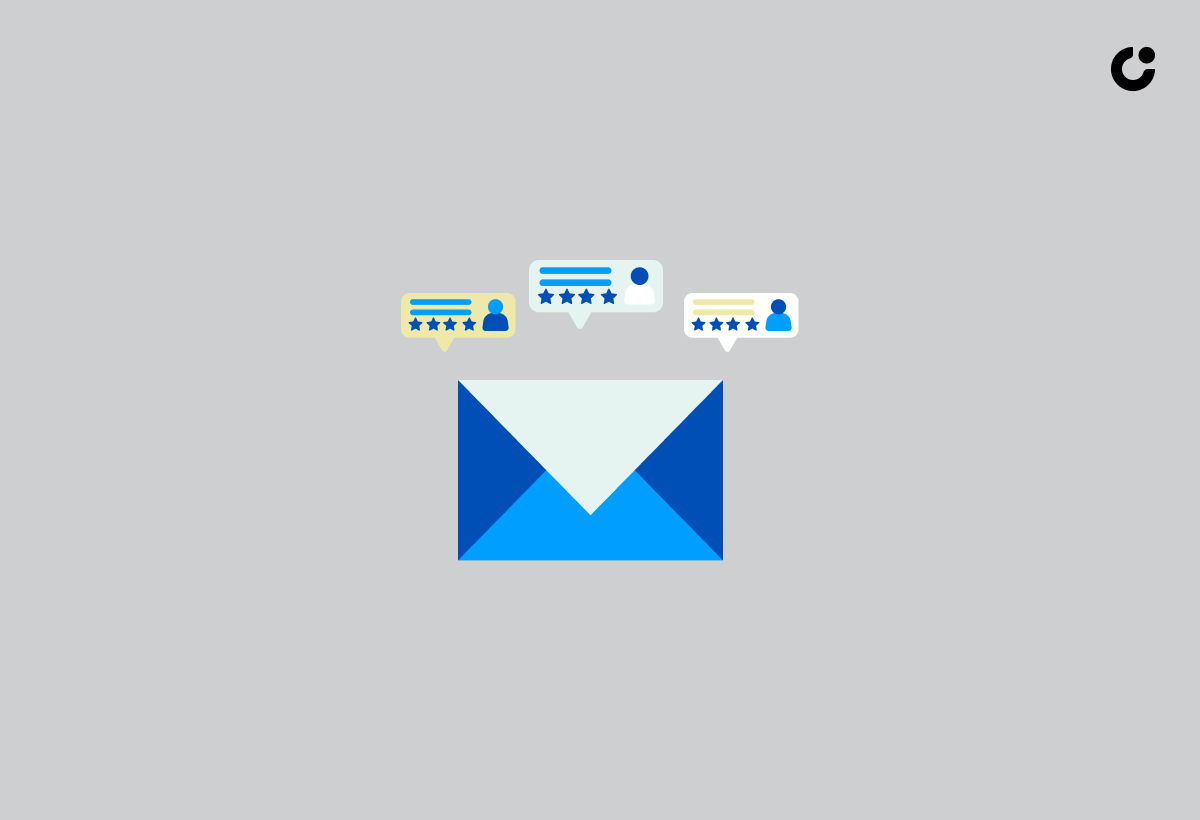
Requesting feedback through a well-crafted email example demonstrates a commitment to improvement, customer-centricity, and the value of recipient insights in shaping business strategies.
When soliciting feedback via email, it's crucial to have a clear objective in mind. Clearly outline what you seek to learn or improve upon, whether it's the user experience, product features, or overall satisfaction. Make it easy for the respondents to provide their input by using concise questions and straightforward language that prompts specific responses. Showing appreciation for the time and effort respondents put into providing feedback helps reinforce the idea that their opinions are valued and can lead to actionable outcomes.
Cold Email for Business Purposes
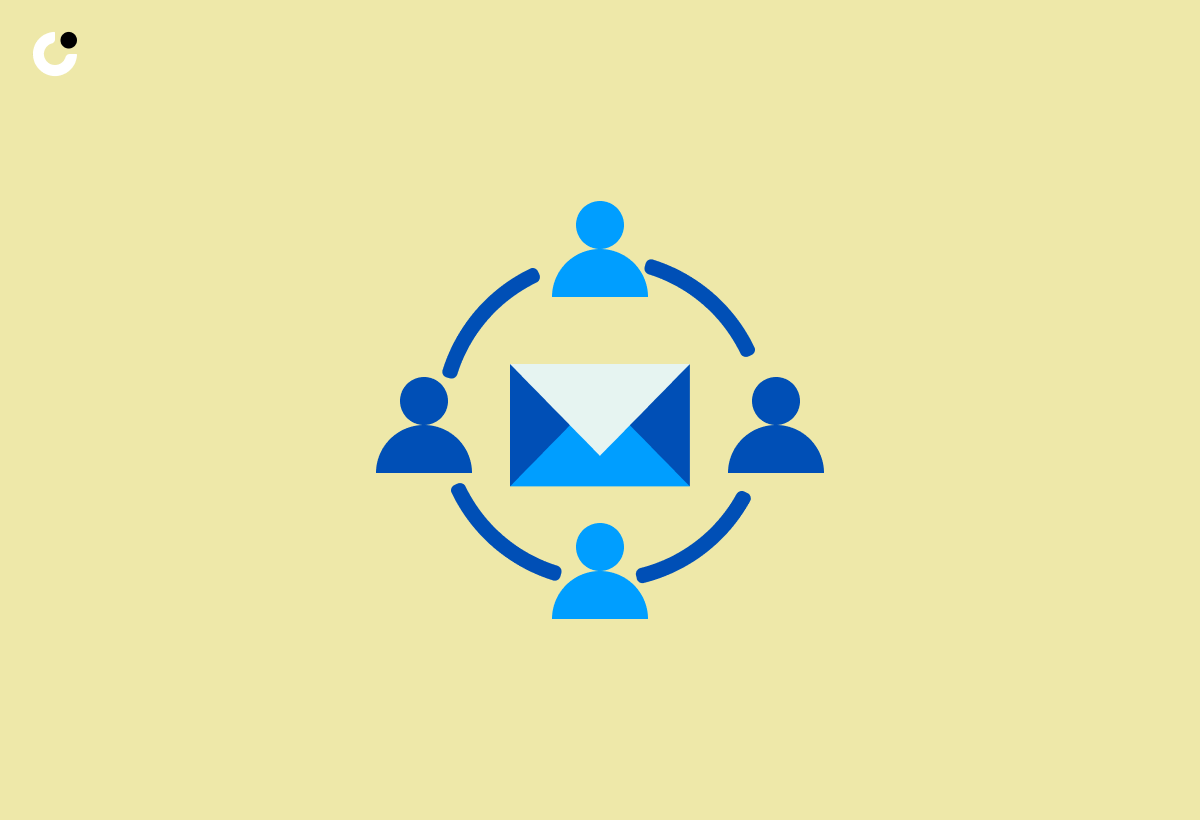
Crafting an engaging cold email for business purposes requires attention to personalization, relevance, and value proposition to capture the recipient's interest and initiate fruitful conversations.
One of the key elements in creating a successful cold email is the subject line, as it is the first impression your recipient will have of your message. A compelling subject line should be concise yet intriguing, prompting the reader to open the email. Moreover, tailoring the content of your email to the recipient's specific needs and interests can significantly increase the chances of a positive response. This level of customization demonstrates that you have done your homework and are genuinely interested in engaging with them.
Clearly outlining your objectives in the email is crucial. Whether you are reaching out for guest post opportunities, affiliate partnerships, or pitching a business proposal, make sure that your intentions are transparent and easy to understand. This clarity helps the recipient to quickly grasp the purpose of your email and decide how to proceed.
Research plays a vital role in the cold emailing process. Before reaching out, take the time to understand the recipient's background, preferences, and pain points. Customizing your message based on this information demonstrates that you are not just blasting generic emails but are genuinely interested in establishing a meaningful connection.
Moreover, follow-up strategies are essential in cold emailing. It's important to set a timeline for follow-ups and gently remind the recipient of your initial message. Persistence, when done appropriately, shows your commitment and professionalism. By incorporating these best practices, you can increase the effectiveness of your cold email outreach and enhance your chances of building valuable relationships.
Guidelines for Crafting Professional Business Emails
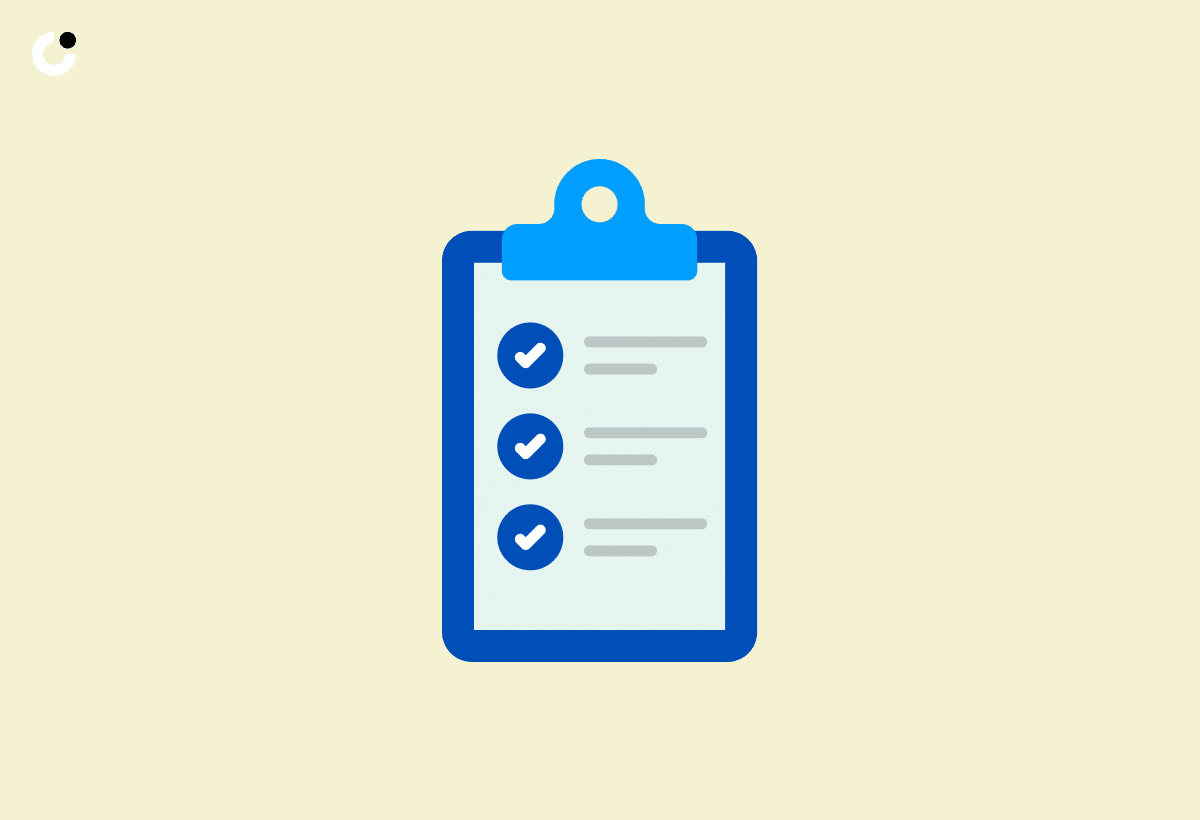
Crafting professional business emails requires attention to detail, adherence to etiquette, and a focus on clear, concise communication to convey messages effectively and enhance professional relationships.
One crucial aspect to consider when composing a business email is the subject line; it should be specific and eye-catching.
For greetings, opt for formal salutations unless an established relationship calls for a more casual tone.
Structuring your message with a clear introduction, body that addresses the main points, and a thoughtful closing ensures the recipient can follow your train of thought.
When closing, remember to express gratitude, provide next steps if needed, and sign off with your name and contact information to solidify professionalism.
Essential Elements of a Professional Business Email
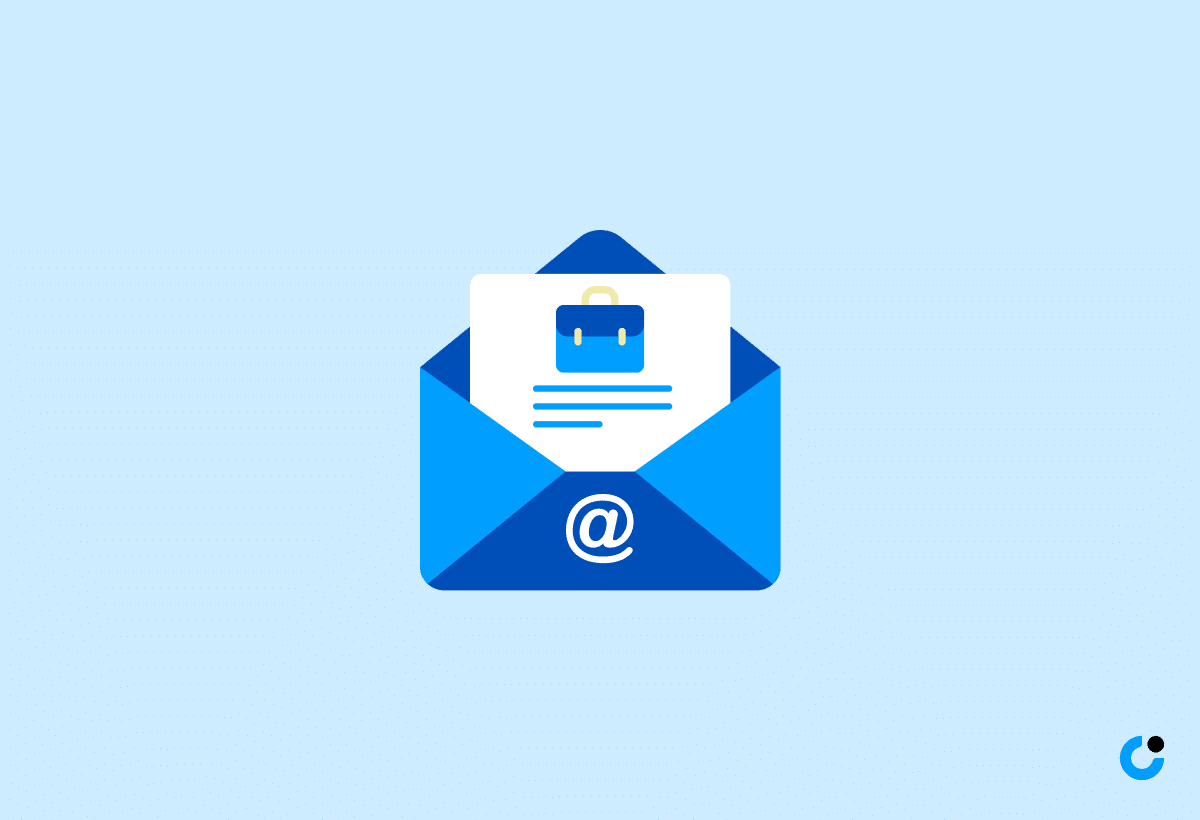
The essential elements of a professional business email encompass clarity, professionalism, and relevance, ensuring that messages are well-structured, engaging, and aligned with the intended purpose.
Subject lines play a crucial role in capturing the recipient's attention at first glance. They should be concise yet descriptive, giving a clear idea of the email's content. In terms of greetings, starting with 'Dear' followed by the recipient's name adds a personal touch to the communication.
The body content should be clear and concise, breaking down information into digestible chunks. Utilizing bullet points or numbered lists can help in organizing key points effectively.
A strong call to action (CTA) is essential to prompt the recipient to take the desired next steps. It should be direct and specific, guiding the recipient on what action to take, whether it's replying to the email, visiting a website, or making a purchase.
Tips for Writing a Professional Business Email
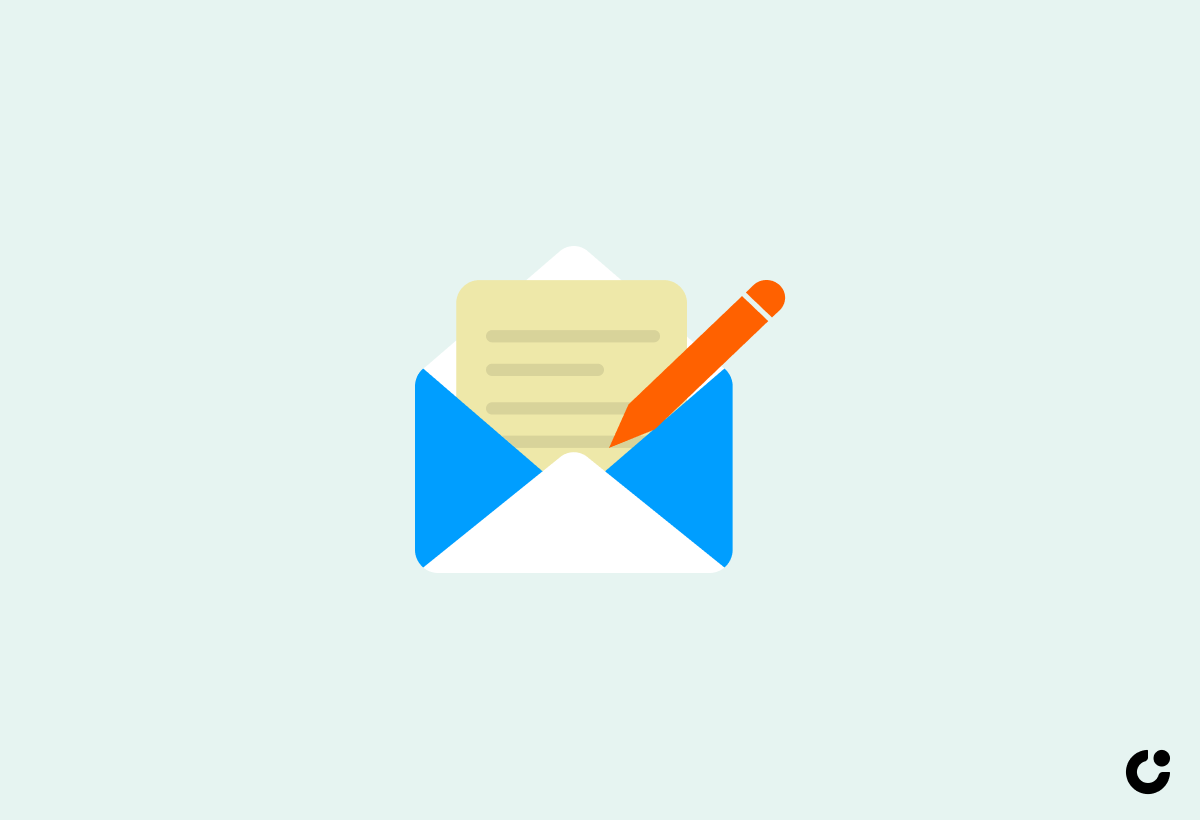
Tips for writing a professional business email include maintaining a professional tone, attention to detail, and personalization to enhance the recipient's engagement and promote effective communication.
One essential aspect to consider when crafting a professional email is the subject line, as it serves as the first impression for the reader. Make sure it is clear, concise, and relevant to the content of the email to pique the recipient's interest.
Additionally, proofreading plays a crucial role in ensuring the message is free from errors and conveys your intended meaning accurately. Take the time to review your email for grammar, spelling, and formatting before hitting send.
Understanding your audience is vital for tailoring your message effectively. Consider their preferences, level of formality, and any cultural nuances that may impact their interpretation of your communication.
Conclusion
Mastering the art of professional business emails, whether through formal surveys, thank-you messages, or promotional communication, is crucial for effective communication, relationship-building, and business success.
Clear and concise communication ensures that the message is easily understood and actions are taken promptly. By adhering to email etiquette standards, one can improve their professional image and foster positive relationships with clients and peers.
Implementing best practices like using proper greetings, maintaining a professional tone, and avoiding jargon or slang can significantly impact the effectiveness of email communication. This attention to detail demonstrates respect for recipients' time and professionalism in one's interactions.
Frequently Asked Questions
How can I effectively communicate in a professional setting?
Professional communication involves using clear, concise language, maintaining a professional tone, and understanding the intended audience. It is crucial to be aware of your tone and word choice to ensure your message is received positively and professionally.
What are some key elements to include in a business email?
A successful business email should have a clear and concise subject line, a professional greeting, a brief introduction, a well-organized body, a closing statement, and a professional signature. It is also essential to proofread for grammar and spelling errors before sending.
Can you provide an example of a successful business email?
Sure, here is a sample business email: Subject: Meeting Request for Q2 Sales Review Dear [Recipient], I would like to schedule a meeting with you to discuss our Q2 sales review. As we approach the end of the quarter, it is essential to review our progress and make any necessary adjustments to reach our goals. Based on our previous discussions, I suggest we meet on [Date] at [Time] in [Location]. Please let me know if this time and date work for you, or if you have any other suggestions. I look forward to our meeting and discussing our sales strategy for the upcoming quarter. Best regards, [Your Name]
What are some common mistakes to avoid when writing a business email?
Some common mistakes to avoid when writing a business email include using informal language or abbreviations, not proofreading for errors, and sending the email to the wrong recipient. It is also essential to avoid using a demanding or passive-aggressive tone.
How can I ensure my business email is professional and successful?
To ensure your business email is professional and successful, make sure to use a clear and concise subject line, address the recipient correctly, and use a professional tone throughout. It is also crucial to proofread for errors and make sure the email is well-organized and easy to read.
What should I do if I receive an unprofessional or confusing email?
If you receive an unprofessional or confusing email, it is best to respond calmly and professionally. You can address any issues or misunderstandings in a polite manner and ask for clarification if needed. It is important to maintain a professional tone and avoid escalating the situation.

